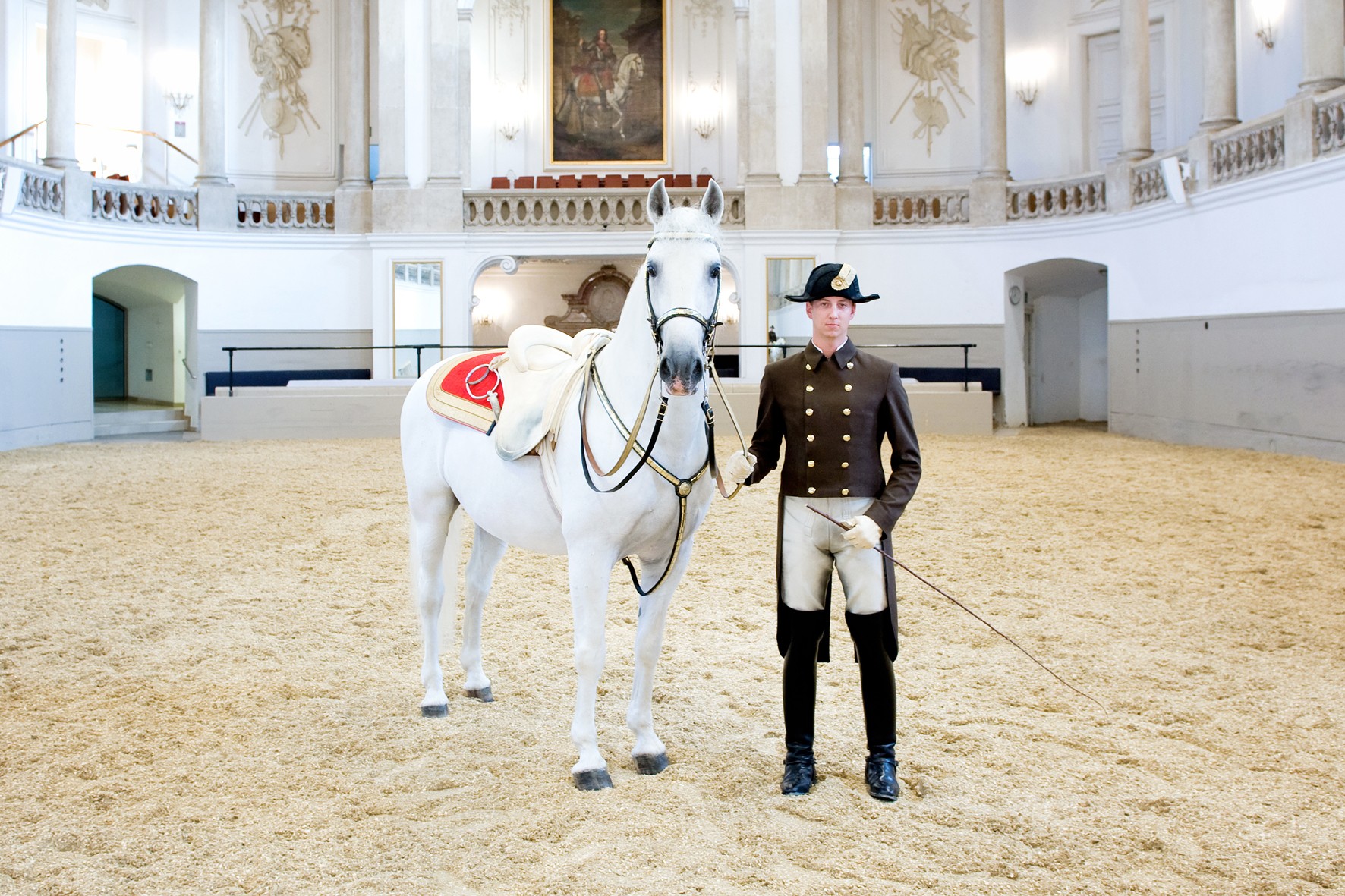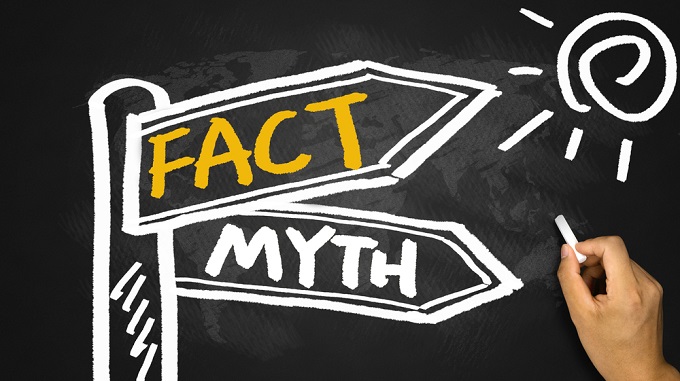
Lipizzaner Stud Farm Piber received UNESCO award
Lipizzaner Stud Farm Piber received UNESCO award – Ministers Andrä Rupprechter and Josef Ostermayer as well as Governor Hermann Schützenhöfer expressed their warmest congratulations
The century-old knowledge of the wonderful white horses’ breeding at the stud farm of Piber in Styria has recently been nominated to intangible national UNESCO cultural heritage.

Minister of Agriculture and Environment Andrä Rupprechter was the first to congratulate, the Stud Farm Piber and the Spanish Riding School belong to his department: “The thorough knowledge about breeding, rearing and training of the oldest cultural horse breed in Europe forms the basis of the Lipizzaner’s and the Spanish Riding School’s worldwide success. The UNESCO award is not only an honour, but means also that it is our duty to preserve this heritage for generations to come. Today the Lipizzaner horses are Austria’s living landmark and their role as noble ambassadors serves as a splendid example of ‘Best of Austria’.”
Josef Ostermayer, Minister for Arts and Culture, also expressed his warmest congratulations to the Stud Farm: “With the inclusion in the national inventory for the intangible UNESCO cultural heritage our Lipizzaner horses receive another high award, as in December of 2015 the Classical Horsemanship and the High School of the Spanish Riding School Vienna, one of Austria’s cultural traditions, was honoured as UNESCO cultural heritage. Today the Stud Farm of Piber can be glad to receive another UNESCO award. On the one hand this award represents an important acknowledgement and recognition, on the other it means that it is our mission to further cultivate, maintain and bring to public this precious cultural heritage.”
Hermann Schützenhöfer, Governor of Styria, is also very pleased: “As governor of Styria it makes me very proud to see that the Stud Farm of Piber received UNESCO cultural heritage status. It means that the marvellous breeding achievements the team has made with these unique cultural ambassadors are being officially accepted and approved. The Lipizzaner horses are the most important ambassadors of Austrian tradition and therefore also establish identity in the region. Piber is of the highest importance for Styria, too, since as popular destination it significantly contributes to our success of the “Green Heart of Austria”. Therefore it was the country of Styria promoting the applications for permit.

Elisabeth Gürtler, CEO of the Spanish Riding School and the Stud Farm of Piber thanks her Styrian team and the UNESCO: „This is wonderful news – only a short time ago the tradition of the Classical Horsemanship and the High School of the Spanish Riding School Vienna was appointed by the UNESCO to international cultural heritage of humanity. Now the Stud Farm Piber receives another award for the knowledge about Lipizzaner breeding. This is indeed a marvellous recognition of our Stud team’s expertise that praises the century-old tradition of the Lipizzaner breeding in their every-day achievements and efforts. A very sincere thank you to the UNESCO and the great team in Piber!”
Since the Renaissance the Lipizzaner has been bred according to traditional manner
The Lipizzaner horse is the oldest cultural horse breed in Europe and the only representative horse breed, which since the Renaissance has been bred continuously according to traditional manner. The basis is a thorough knowledge about horse breeding, rearing and training which for more than 400 years has been preserved and transmitted in an oral tradition from generation to generation. In Austria the team of the Lipizzaner Stud Farm of Piber possesses this special expertise. Piber has been breeding Lipizzaner horses for the Spanish Riding School Vienna since 1920.
Know-how about breeding principles, rearing and selection
“The required knowledge for the breeding of Lipizzaner horses is based on breeding principles, horse rearing, the horses’ wellbeing and appropriate horse keeping, the adequate treatment and finally the classical training principles and methods. However, training the eyes and senses and selection measures are crucial”, says Head of the Stud Farm of Piber, Dr. Max Dobretsberger. These processes, which require many years or even decades of training and experience, start with the stable work and continue in the horse selection. Finally the decision whether the horse is suited for the Spanish Riding School has to be made. For several hundreds of years stud books have been written where all the breeding knowledge is archived. According to an old tradition, this is still a handwritten art with two copies being made.

Mother’s day gala, ceremonial driving down of young horses from the mountain pastures into the valley in the beginning of autumn and autumn parade: festivities establishing identity
Education and further education of the Stud’s employees is a mutual process. The Head of Stud is in charge of the organization. Therefore he takes care that experienced employees instruct the young ones who can seize the opportunity to learn from the experts. In the daily check-up of the three-year-old horses, in the choosing process of the stallions for the Spanish Riding School and mares for the Stud as well as in the performance tests of horses for further breeding we can see the splendid results, produced by the Lipizzaner breeding. The yearly performance tests, the stallions suited for to the Spanish Riding School Vienna, the yearly mother’s day gala, the ceremonial driving down of young horses from the mountain pastures into the valley in the beginning of autumn and the autumn parade provide both the Stud Farm and the whole region with a feeling of identity and continuity. Apart from the daily routine and work at the Stud Farm, international relations with other Lipizzaner studs are essential too, for a sharp breeder’s vision is only preserved by constantly dealing with all aspects of present and past.
UNESCO identifies orally transmitted tradition and local knowledge
Since 2009 the Austrian Commission for UNESCO is responsible for the compilation of an inventory of Austria’s intangible cultural heritage. Currently, the inventory encompasses 90 traditions.
Complementary to the UNESCO-World Heritage Convention (1972) international attention has also been paid to the diversity of living expressions since 2003. Worldwide, the UNESCO identifies and safeguards them under the term ‘intangible cultural heritage’. Those orally transmitted traditions and local knowledge are often more important than historic buildings or landscapes for they provide a sense of identity and belonging.
More information on the UNESCO entry:
http://immaterielleskulturerbe.unesco.at/cgi-bin/unesco/element.pl?eid=137&lang=de
Overview of the UNESCO Inventory of Intangible Cultural Heritage in Austria:
http://immaterielleskulturerbe.unesco.at/en/
More information about the Lipizzans regularly at:
Facebook: www.facebook.com/SpanischeHofreitschule
www.facebook.com/spanischehofreitschule.bundesgestutpiber
Instagram: www.instagram.com/spanischehofreitschule/
Twitter: https://www.twitter.com/SRS_Wien




